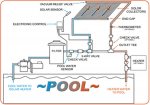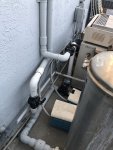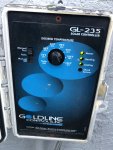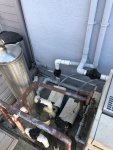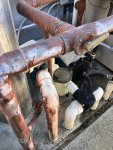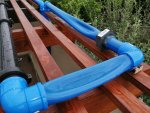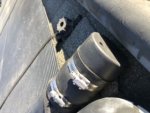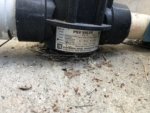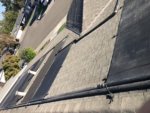You need a check valve between the three-way solar valve and the filter. They're pretty easy to install.
I also have a check valve on the return side of the panels, the diagram below shows that one as optional.
The three-way solar valve should be specifically for solar panels. It should have a drain-down valve in it, which allows water from the panels to drain down through the three-way valve when the pump shuts down, even when the valve is in its "solar off" position.
The water should all drain down out of the panels at the end of the heating period, all through the return side of the plumbing (back to the pool), none back through the filter (you
should be worried about that).
You should not be manually adjusting any valves. Your solar valve should have an actuator on it, which should be controlled by the solar controller. When it's done for the day, the controller will put the valve in the correct position (solar off) and no other valves should have to be adjusted by you.
Assuming you have the actuator (I can't tell in your pic), all you need to do is install the missing check valve(s) and confirm you have a solar drain-down three-way diverter valve with actuator (replace it with one if you don't).
I suppose there is a way to achieve proper shut off manually with what you have, but I'm advising you how to get your system fixed correctly rather than how to run it incorrectly (especially since the fix would be so cheap and easy).
If the answer(s) to your question(s) was not in there somewhere, let me know...
